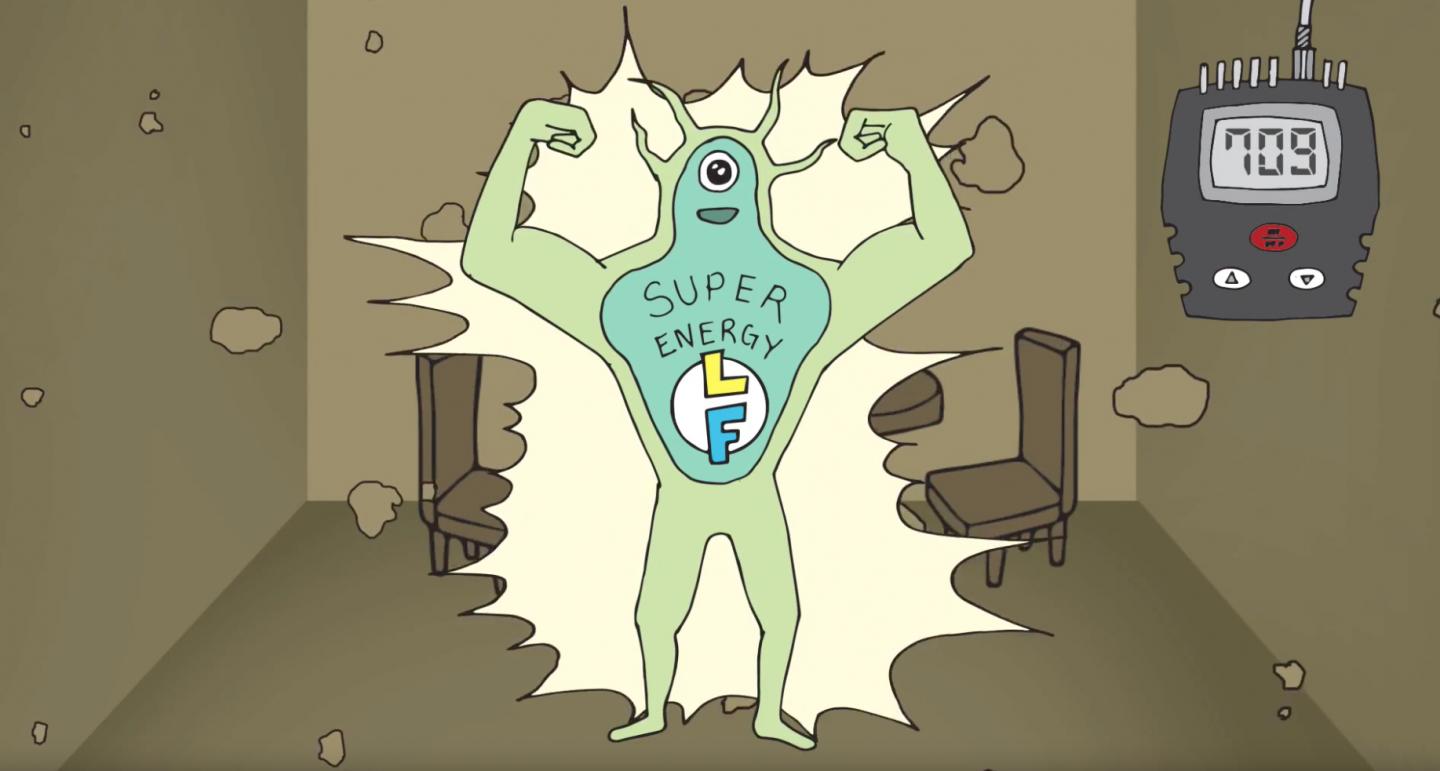Researchers maximize the amount of electricity you can get from bathroom waste
For years now, in accordance with growing interest in sustainability, scientists have been trying to reap the benefits of bathroom excrement — since there’s not much else to do with it anyway.
Many have come up with ways to generate energy from wastewater and the waste itself, but now, two researchers from Virginia Tech have determined how to maximize the amount of electricity that can actually be created from the wastewater that gets flushed down the toilet.

How they did it
Xueyang Feng and Jason He traced bacteria and discovered a working relationship between two specific substrates produced more energy than either did separately.
“Tracing the bacteria gave us a major piece of the puzzle to start generating electricity in a sustainable way,” said Feng, an assistant professor of biological systems engineering. “This is a step toward the growing trend to make wastewater treatment centers self-sustaining in the energy they use.”
The discovery is important because not all organics perform the same job in the same way. Some work because they are food for the electricity-generating bacteria while others are good at conducting energy.
One of the substrates, known as lactate, was mainly metabolized by its host bacteria to support cell growth, and the other, known as formate, was oxidized to release electrons for higher electricity generation.
What they discovered was that when the two substrates are combined, the output of energy is far greater than when they are working separately. Microbial fuel cell research may not be new, but the kind of organics that the duo used was novel in generating electricity because they were able to measure the symbiotic nature of two particular organics.
The unique methodology that allowed them to trace the metabolic pathways of the different strains of bacteria, called carbon 13 pathway analysis, was the first time this type of isotope labeling process was used in measuring metabolism in microbes, the researchers said. The analysis works by creating a non-radioactive isotope on a carbon group that is visible through a mass spectrometry.
The research also included work with ammonia. In wastewater, ammonia is considered a pollutant. If too much is discharged into a watershed, it feeds harmful algal blooms that can devastate aquatic ecosystems, but Mohan Qin, a second-year doctoral student in He’s lab, built a system that recovers ammonia and removes other contaminants while generating electricity at the same time, marking the first time that ammonia-driven forward osmosis has been combined with an ammonia-generating microbial electrochemical cell, according to the team.
Going forward, the team will operate a 200-L microbial fuel cell system in a local wastewater treatment plant and evaluate its performance with actual waste.
Learn more about the research in the video below.


Comments are closed, but trackbacks and pingbacks are open.